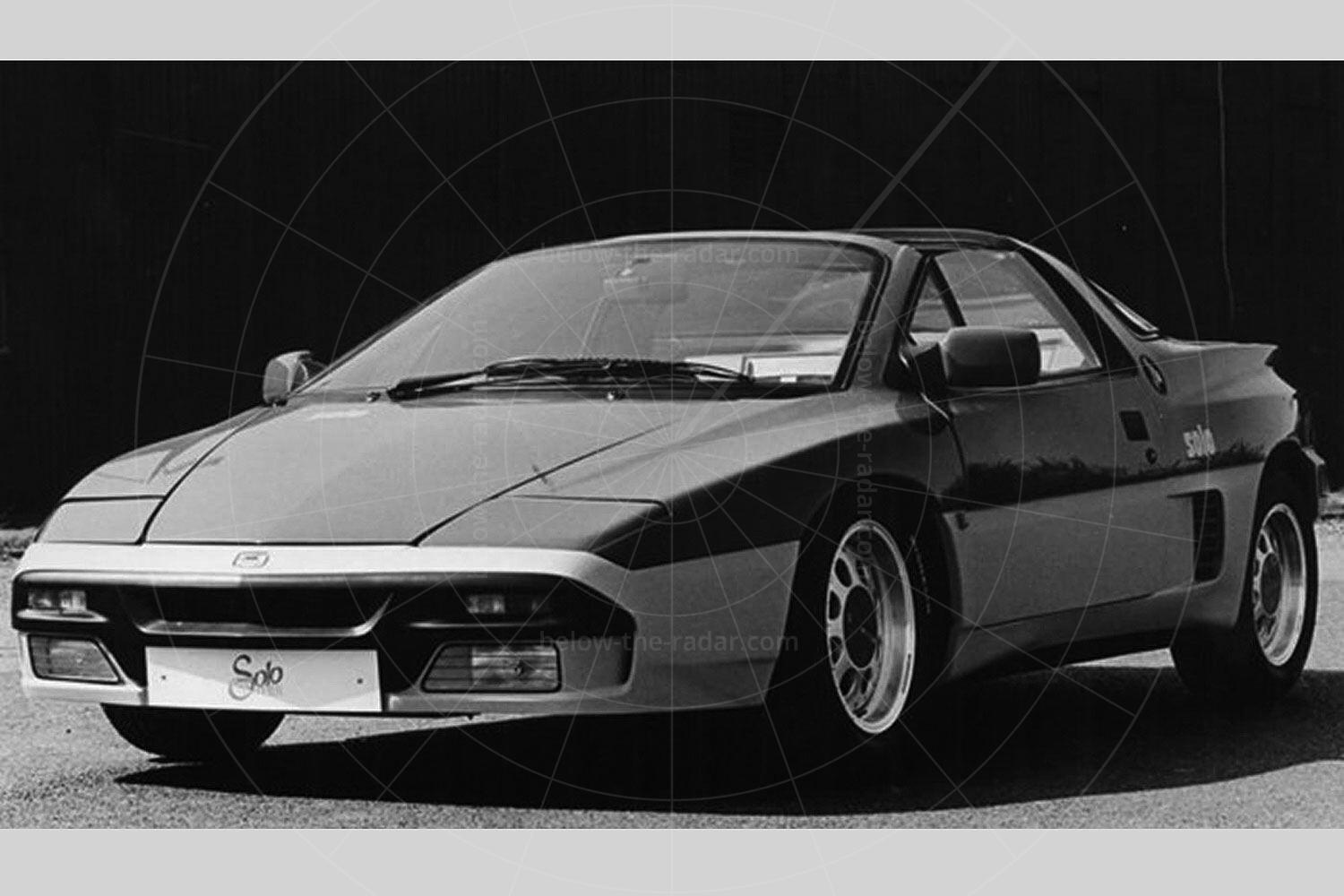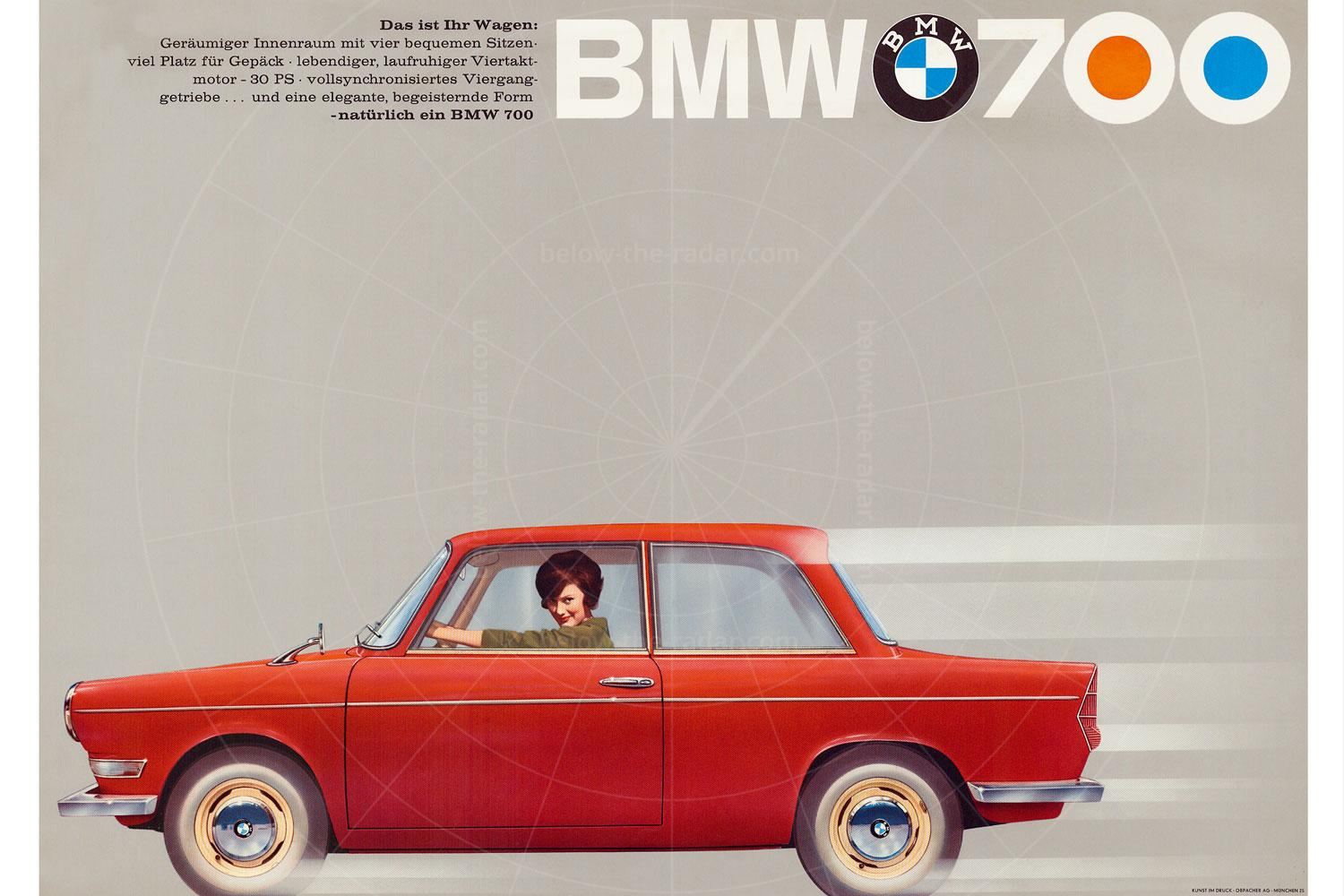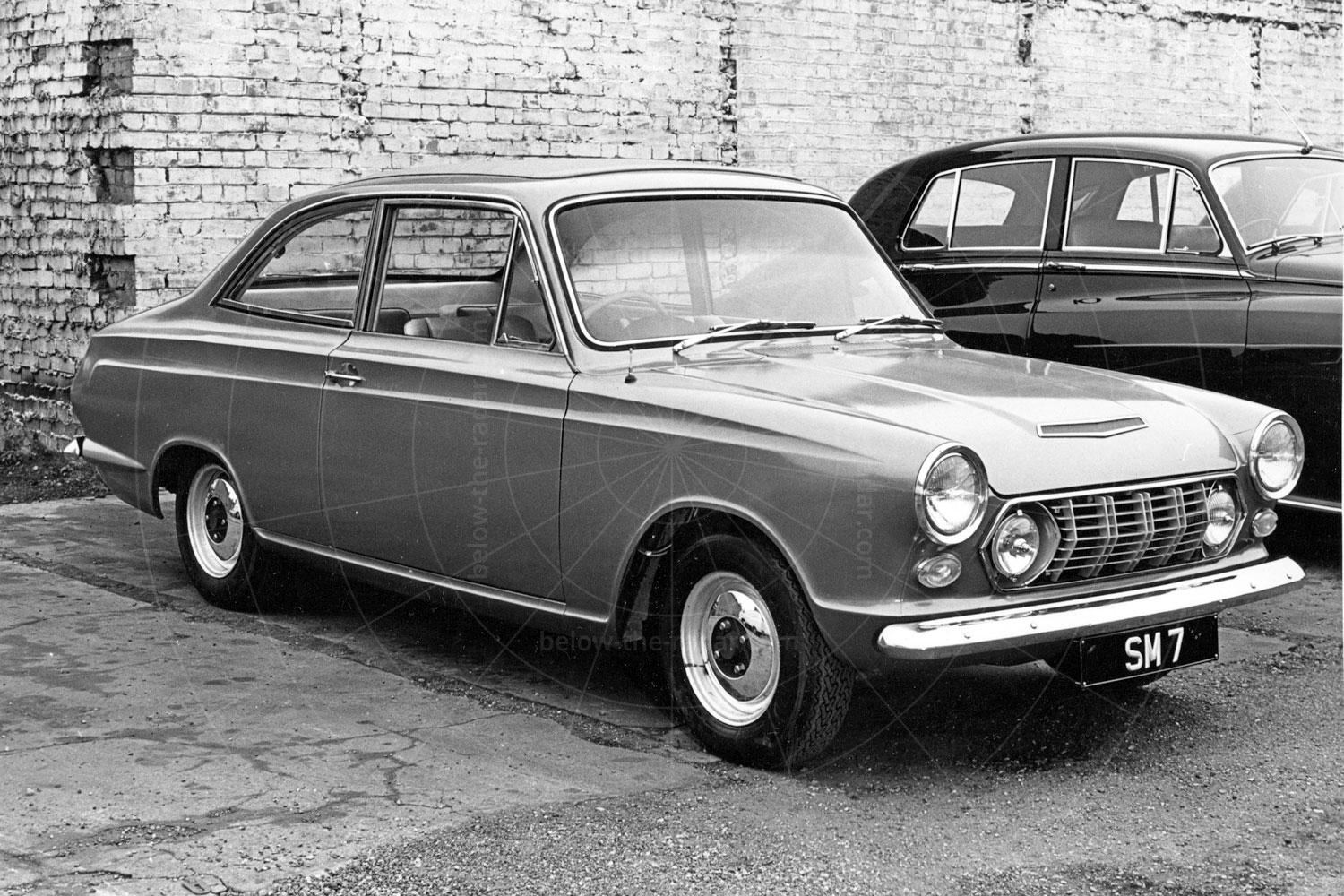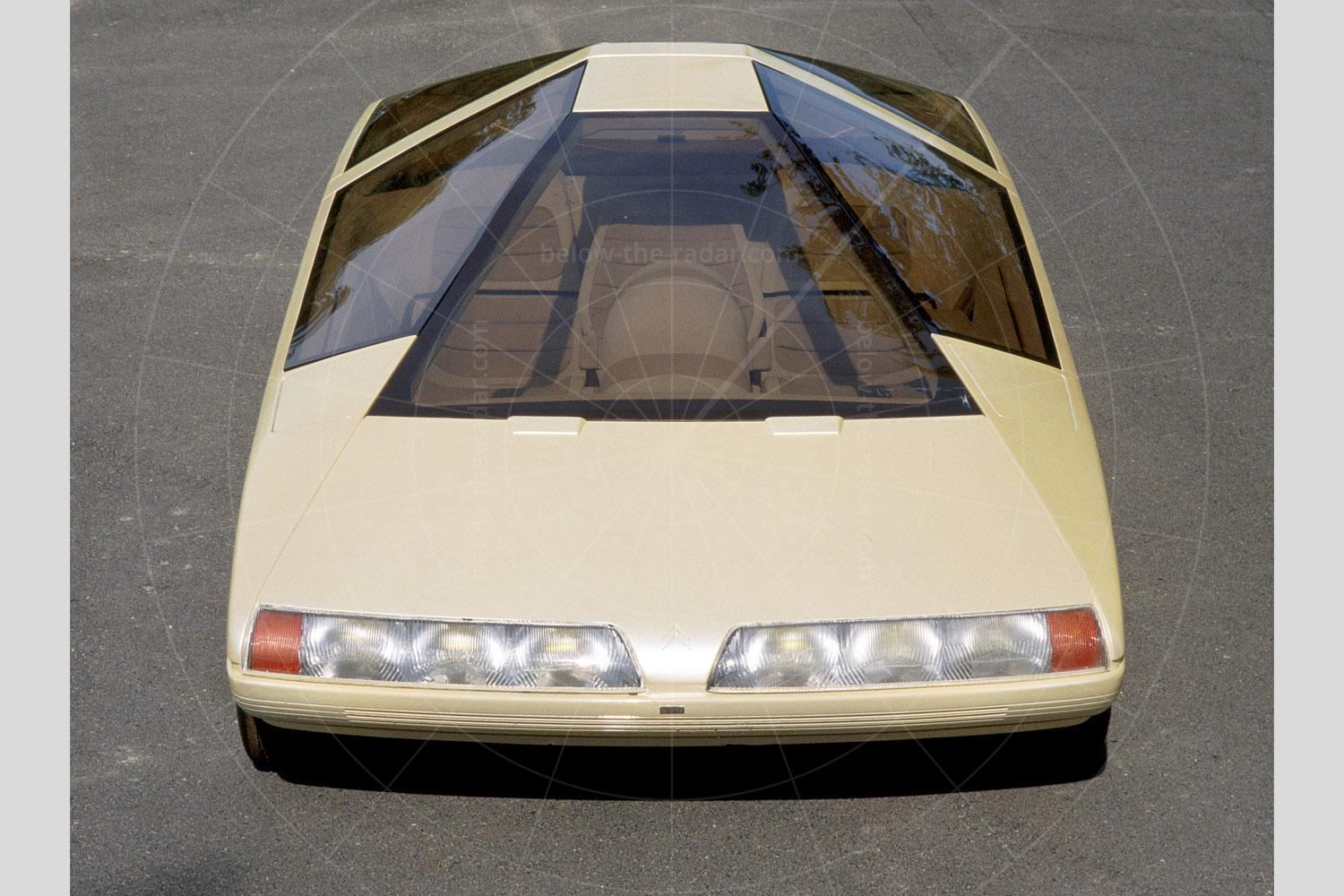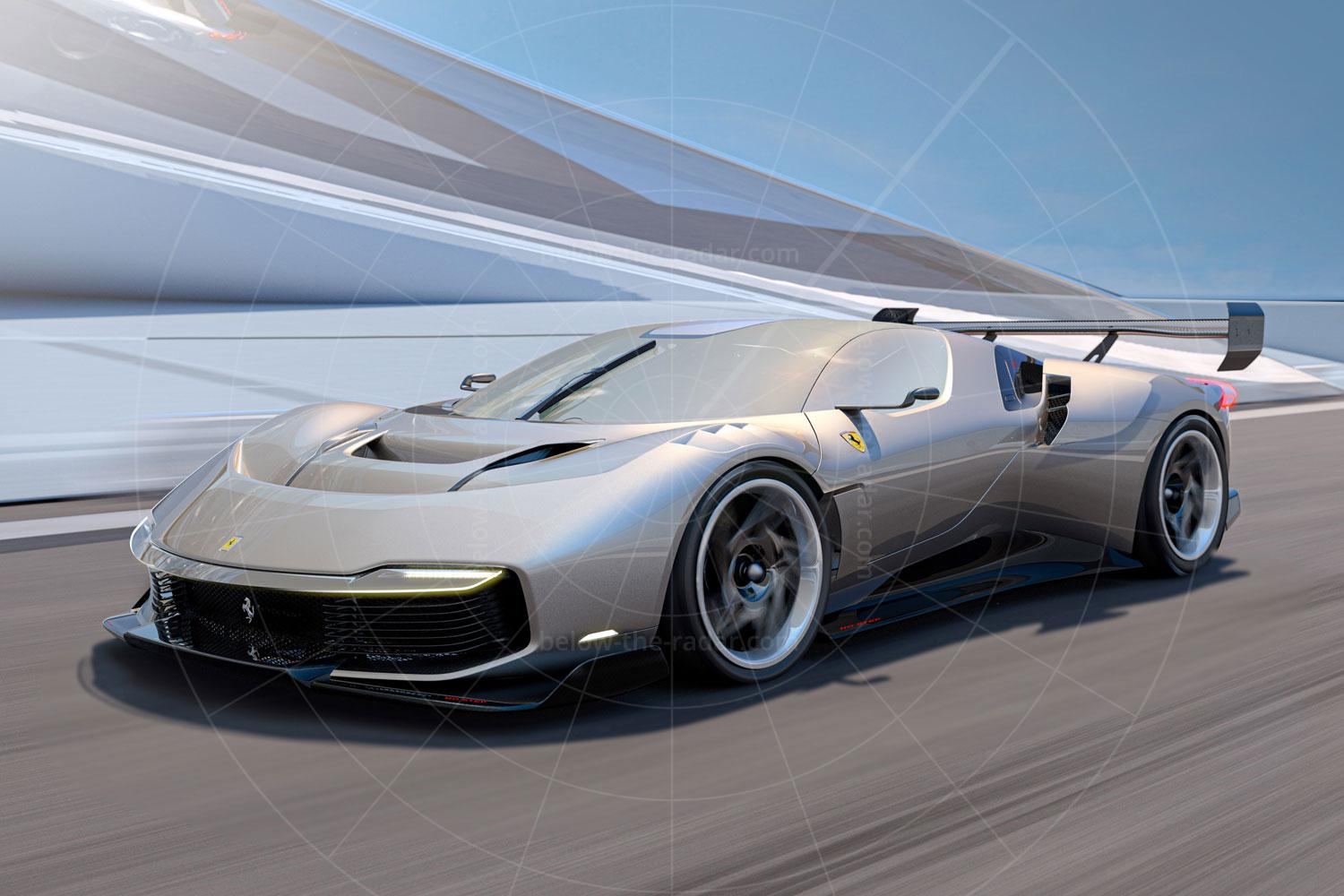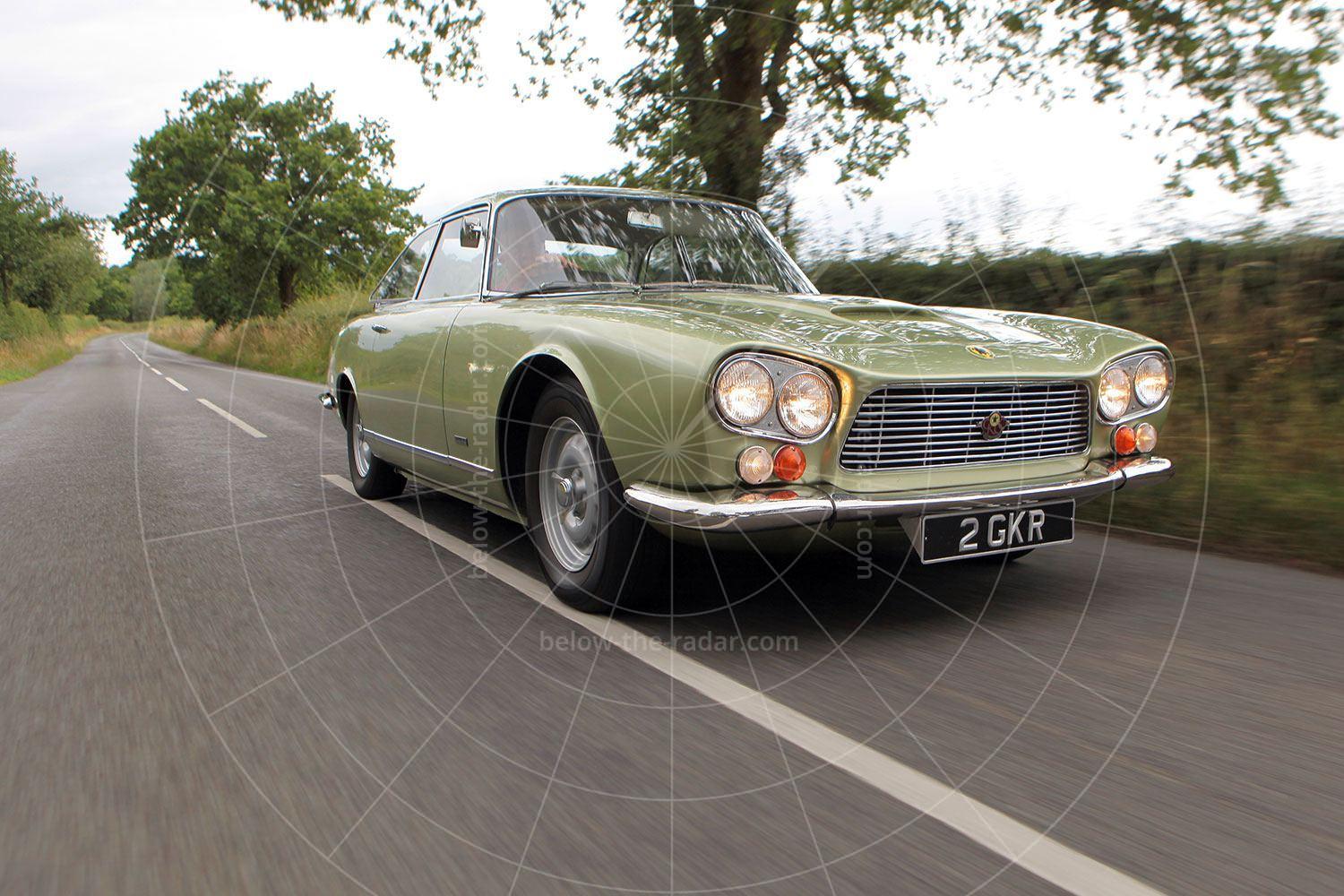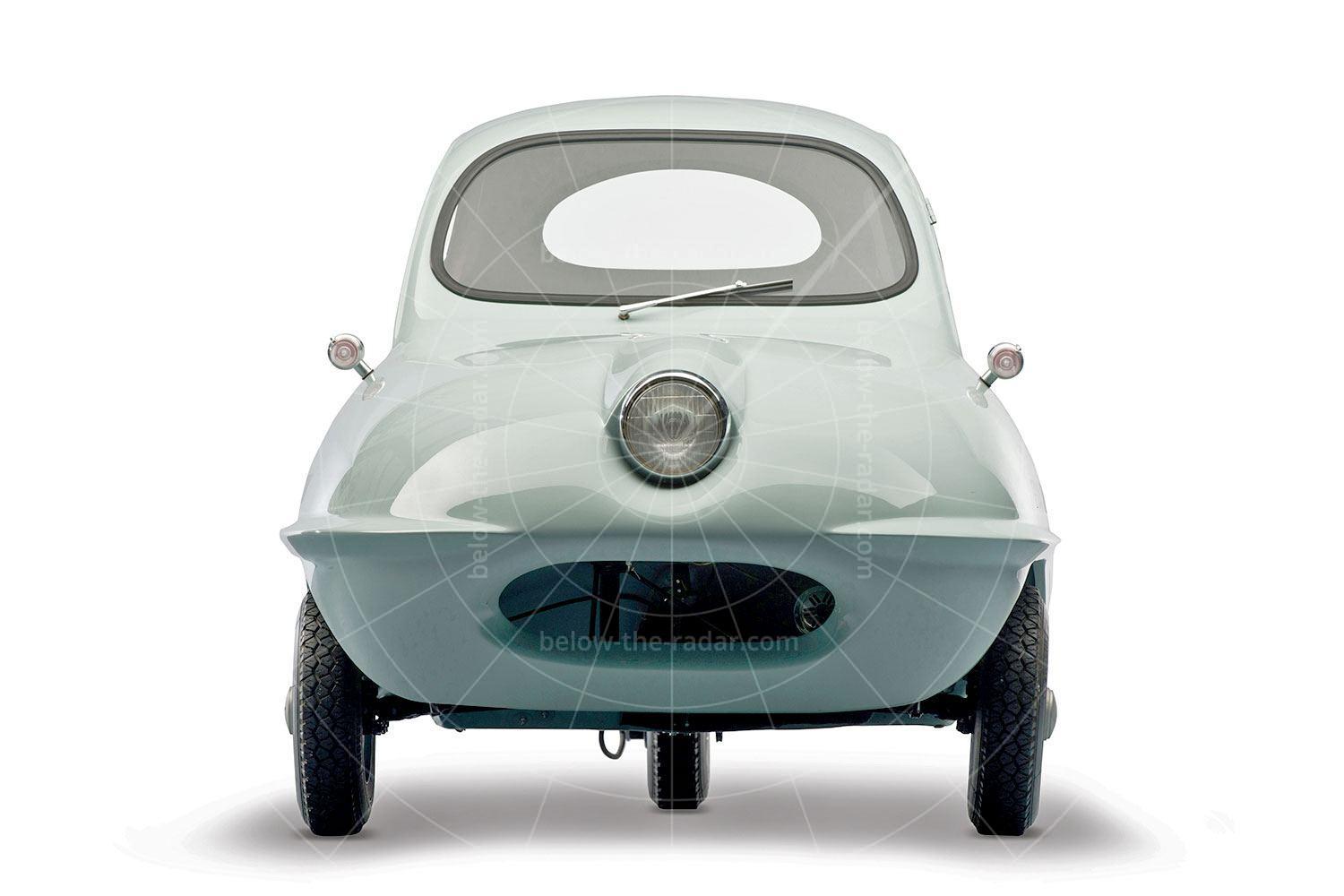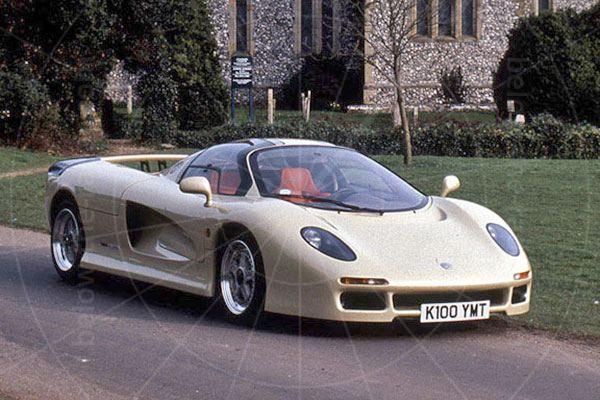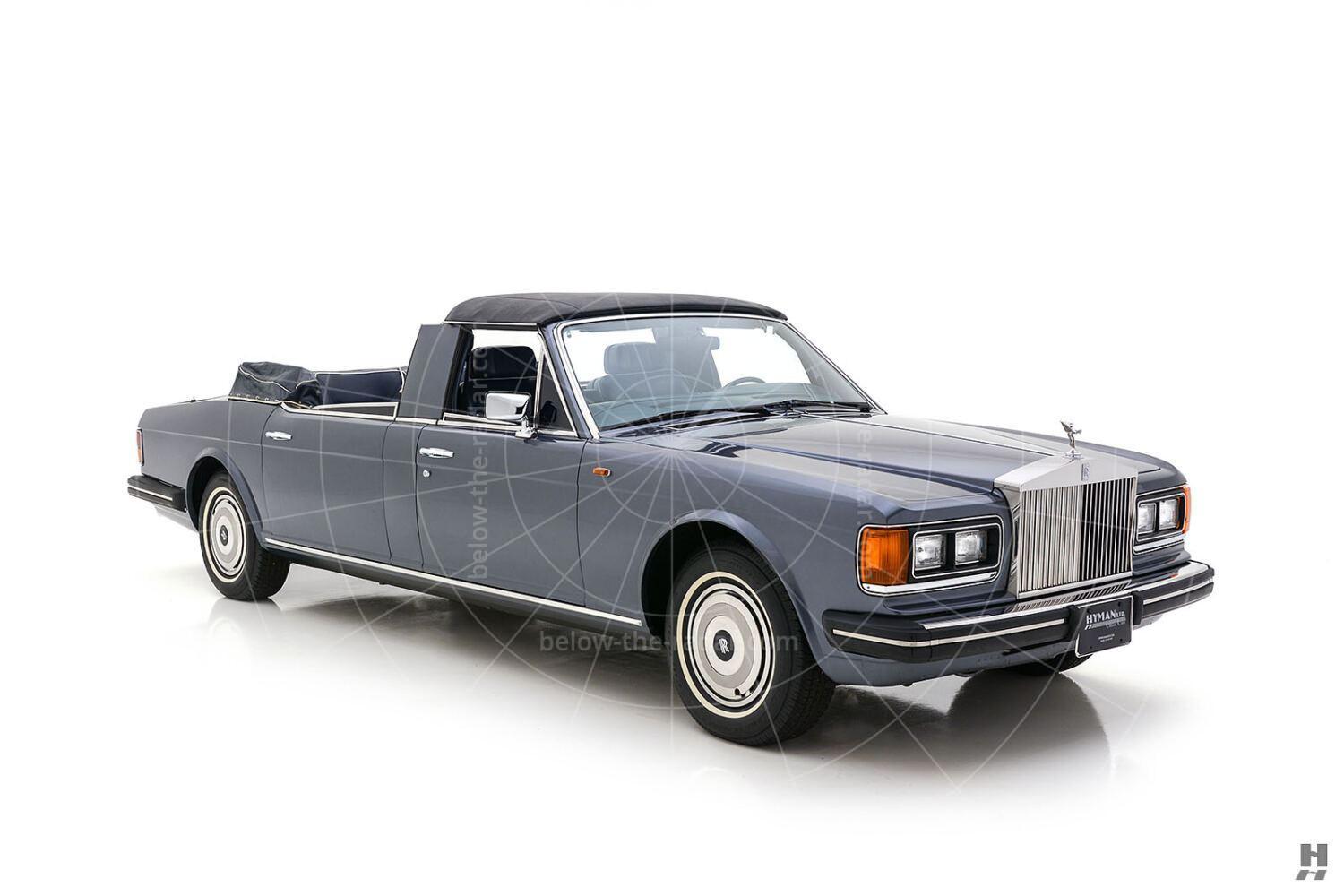Had the Panther Solo project stuck to its original development course (and if the Toyota MR2 had never been developed), it might never have been included in Below The Radar. But despite the Solo 1 evolving into the Solo 2 which did reach the marketplace, just a handful were built and they're now hardly ever seen. But it could have all been so different…
The story begins in 1980, when Korean man Young Chull Kim spotted a Panther Lima in London, fell in love with it, and when he went to buy one of his own he found that the company was in receivership. He bought the entire company as a result, then replaced the glassfibre-bodied Lima with the aluminium-bodied Kallista. What he really wanted to do though was build an affordable two-seater mid-engined sports car that would be pitched against the ageing Fiat X1/9, and in 1982 Kim set about doing exactly that.
Kim approached several established Italian design houses and he soon realised that he couldn't afford their services, so he then approached Ken Greenley, who led the Royal College of Art car design course, hoping to recruit a couple of students. In the end it was Greenley himself who rose to the challenge of designing the bodywork for the new car, which would be based on a chassis developed by Len Bailey. The latter had engineered the Ford GT40's chassis and he went on to work for Safir Engineering, owner of the GT40 brand since 1985 and producer of the GT40 Mark V, the chassis of which was also developed by Len Bailey. It was Safir Engineering that had helped with the design of the Panther Lima Mk2 chassis, so it was through this company that Kim was put in touch with Bailey to help with Panther's new mid-engined sports car.
Bailey came up with a chassis made of tubular steel, while many of the major mechanical items were sourced from Ford, such as the Escort engine and five-speed manual gearbox, along with the unassisted Sierra steering. But Panther realised that it could build much of the suspension in-house more cheaply, so while the front hubs were taken from the Escort, the Solo was fitted with bespoke uprights to accommodate Panther's own design of independent suspension with unequal-length wishbones, coil springs and telescopic dampers with an anti-roll bar. At the rear there was also independent suspension, but this time with MacPherson struts, coil springs and telescopic dampers and an anti-roll bar.
This budget sportster would be powered by a mid-mounted Ford Escort XR3i 1.6-litre engine just like the Ginetta G32. Slung out the back, the 105bhp powerplant would drive the rear wheels only and the whole shooting match would be priced at a very affordable level; forecasts were for up to 2000 cars each year to roll out of the Byfleet factory.
Development work progressed nicely on the new car, now called Solo, throughout 1983 and well into 1984. Production cars would feature aluminium pressings for the bodyshell, but the sole running prototype featured panels made of hand-beaten alloy. The car looked great and when it was unveiled in prototype form at the 1984 British Motor Show at the Birmingham NEC, it was very well received.
Even at this early stage it was clear that there were some key problems that needed to be resolved. The cooling system for the Ford CVH engine was marginal and while this could be fixed, the very narrow footwells was much harder to sort. The same went for the high price of the car; in the form that it was unveiled at the NEC, production costs were too high to hit the original target price of around £10,000 for the base model. Some of the development team were keen to adopt polyurethane mouldings for the body panels to keep weight and costs down, but Kim was concerned that buyers might equate plastic panelling with lower quality, hence his initial decision to stick with aluminium.
When the Solo 1 was shown at the 1984 British motor show there were many who assumed that it was just a non-functional concept rather than a driveable prototype, so in a bid to convince everyone that Panther meant business it loaned the car to the press.
At this point there was talk of the entry-level Solo being fitted with a 105bhp Ford Escort XR3i engine, alongside a posher edition with the 130bhp Escort RS Turbo powerplant. However, knowing that the Solo's chassis was easily capable of handling much more power, Peugeot's 200bhp 205 T16 engine was also in the frame. When Autocar tested the Solo 1 in late 1984 it commented:
You sit far forward, in among the wheels. Getting in and out is no more of a problem than in any other low, two-seater sports car, but it is a little unusual in the way you have to step over the seat cushion, stretching your leg into the footwell, because the seat is mounted so much farther forward than the norm.
There is nothing unusual in the way the car steers however, except that the turn-in feels more direct, more accurate. Because the occupants' feet are sharing space with suspension components, the footwell looks long and narrow, but it is spacious enough to allow good pedal spacing.
The driving position is good, with the steering wheel-seat-pedal relationship approaching the ideal, and with the gear lever falling naturally to hand. There's no attempt to offer the car as anything other than a two-seater, so there's plenty of fore-aft adjustment to cater for tall drivers, and plenty of space for squashy bags behind the seats.
Because Panther had only one complete Solo 1 and it was about to head off to the Turin motor show, Autocar could only drive an unbodied test mule in anger to see how it fared dynamically, but this rather raw machine got a resounding thumbs up:
Drop the clutch with about 4000 revs on the tachometer and wheelspin away, grab second, ease into third and throw the chassis around the steering pad. Understeer builds up with cornering speed and eventually the inside rear wheel lifts off and spins away any excess torque. Provoke the car by jerking the wheel into a corner and backing off sharply and the tail comes out, ever so gently, ever so controllably.
At this point (the end of 1984) Panther was already thinking about offering a much more powerful Solo 1 with four-wheel drive. There was also talk of a US-spec Solo being built, powered by a Ford 3.0-litre V6, and by now Kim had also relented on the plastic bodywork; while the bonnet, tailgate and roof would still be aluminium, the door skins, wings and sills would be made from RIM-moulded polyurethane. What Kim didn't know was that within less than a year the project in its current form would be dead and the range-topping 200bhp four-wheel drive Solo would become the standard car.
Throughout 1985 development of the Solo 1 continued, right up to the point that Kim went on holiday in the Pacific where he was able to drive an early Toyota MR2. He knew straight away that the Panther Solo 1 would never be able to compete on quality or price, so he contacted his colleagues back in the UK and told them to stop work; a drastic change of direction would be needed. Kim decided that the only way forward was to take the Solo upmarket, by turning the Panther Solo 1 into the more powerful, costly and exclusive Solo 2. Which is when the fun really started…
| Vital statistics | |
|---|---|
| Produced | 1984, England |
| Number built | 1 |
| Engine | Mid-mounted, 1596cc, 4-cylinder |
| Transmission | 5-speed manual, rear-wheel drive |
| Power | 105bhp at 6000rpm |
| Torque | 101lb ft at 4800rpm |
| Top speed | 120mph (claimed) |
| 0-60 | 7.9 seconds (claimed) |
| Unladen weight | 825kg |
| Price | £39,850 |

